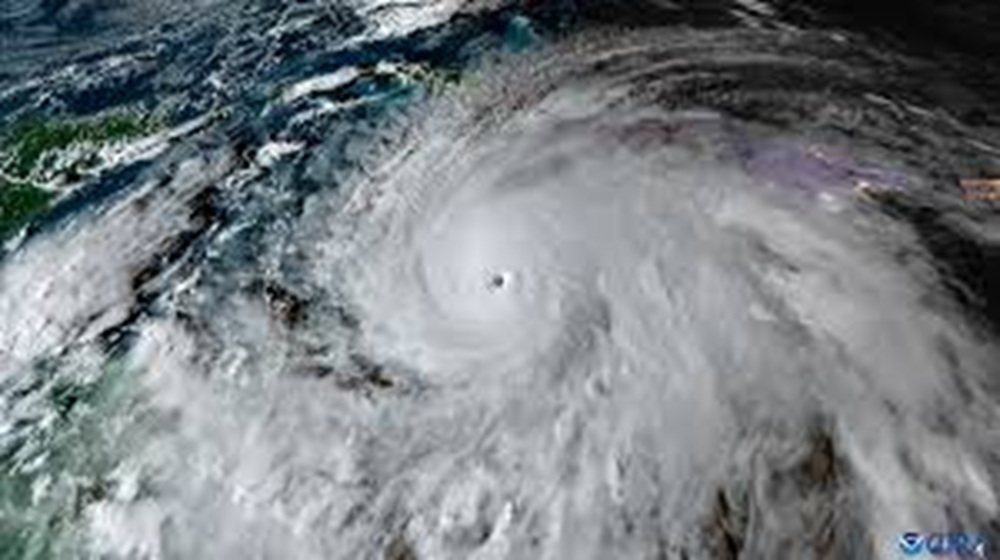Hurricane Melissa Leaves Jamaica Devastated, Sweeps Across the Caribbean

It arrived like a slammed door. One minute, the Caribbean was its usual, stubbornly beautiful self, turquoise, humid, loud with radio reggae, and the next a storm named Melissa tore across it with a kind of merciless clarity. Houses shredded. Roads washed away. Communities were cut off. People died. The numbers are rising, and the hurt is immediate.
Hurricane Jamaica, described as a Category 5 hurricane with sustained winds of around 185 mph, made landfall in Jamaica before affecting other neighboring countries. The damage is massive, especially in the southwest, with roads washed out, roofs torn off, and infrastructure shredded.
Prime Minister Andrew Holness described the storm as “one of the most powerful and destructive ever to strike Jamaica.” He said that “This is a national tragedy. But Jamaicans are strong, and together we’ll rise again.”
There are about 13,000 in shelters in Jamaica as of Thursday. At least 19 in Jamaica are dead, with 49 people gone across the Caribbean. Many are still missing. Officials warned that the numbers could keep rising.
The tourism sector (a big part of Jamaica’s economy) is bracing for heavy losses, as hotels, roads, and airports are damaged; the knock-on effect is huge.
However, search and rescue missions are being carried out to salvage the situation. There have been power outages as nearly 500,000 customers are still without electricity as of very recent reports, which is roughly 72% of customers of the utility company. The United Nations described the damage as “tremendous, unprecedented” for Jamaica, urging international support.
Here’s a quote that pulls no punches:
“I don’t have a house now,” said Sylvester Guthrie in Lacovia, St Elizabeth, clutching his bicycle — the only possession left after the storm. cbsnews.com
St Elizabeth, nearly all roads blocked by mud, boulders, and fallen trees. One report said the parish was “underwater”. In Westmoreland / Black River, one of the hardest-hit towns. The hospital lost its roof, the power grid was decimated, and many homes collapsed.
Trevor ‘Zyanigh’ Whyte told the BBC “No one is able to get through to their loved ones,” “Everyone is just, you know, completely disconnected… Every tree is on the road, right, so you can’t get too far with the cars, not even a bicycle.”
There are damages to communications, electricity, and the water supply. Some of the parishes are without water for several days, and food is becoming scarce.
Beyond Jamaica, Hurricanes, Cuba, and Haiti
Haiti also suffered devastating flooding that left many of the victims dead. In Petit-Goâve, families were swept away; one father, Steven Guadard, told journalists Melissa had taken his entire household — a month-old baby, children seven and eight years old — and his words arrived like a punch: “I had four children at home …” Stories like his are multiplying. Haitian officials report dozens dead, many missing, and communities cut off by floodwaters and landslides. In Haiti, around 15,000 people were staying in more than 120 shelters. Officials there confirmed at least 25 deaths, bringing the total death toll across the Caribbean to nearly 50 as of early Friday.
Cuba, too, felt the storm’s effect as 3 million people are said to be “exposed to life-threatning conditions”. Authorities evacuated thousands of people safely. However, the island still suffered widespread damage, flooding and landslides.
Aid Mobilization & What’s Being Done
The Jamaican government has started mobilizing military and local agencies for search & rescue. The US State Department also said it was ready to assist Jamaica via the UN agencies and NGOs. Relief flights have resumed at Jamaica’s international airport, and regions closed to the airports are going back to normalcy. Operations in the worst-hit regions is still minimal due to communications issues. Hence, military and aid agencies are bringing in supplies via roads.
“We are immobile… unable to respond” said a police superintendent in Black River. ABC News
The United Nations has called Melissa’s impact in Jamaica “tremendous, unprecedented” and urged nations to step up. Around 700,000 children across the Caribbean are reported by UNICEF to be affected by the damage. Emergency funds, evacuation, shelter, water, and medical aid are being sorted, thanks to private donors, the government, and foundations.
International NGOs, the World Food Programme and U.N are cordinating cash, logistics, and emergency supplies. The UK government said it is mobilizing £5m ($6m). This is in addition to the £2.5m ($3.36m) that is already on the ground to support recovery.
On the ground, the work is messy and human. Volunteers with tarps and muscle. Doctors are improvising in cold hospital wings. A doctor told a reporter that the hospital had taken in dozens of injured people and that staff stayed through the night despite damaged walls and lost power.
So what happens next? First: search and rescue continues. Next: emergency shelter, water, and medical care. Then: damage assessments, followed by rebuilding. And finally: the long political and economic debates about infrastructure, early warning systems, and climate resilience. Already, people are asking hard questions about who pays and how to make communities less vulnerable to the next storm.




